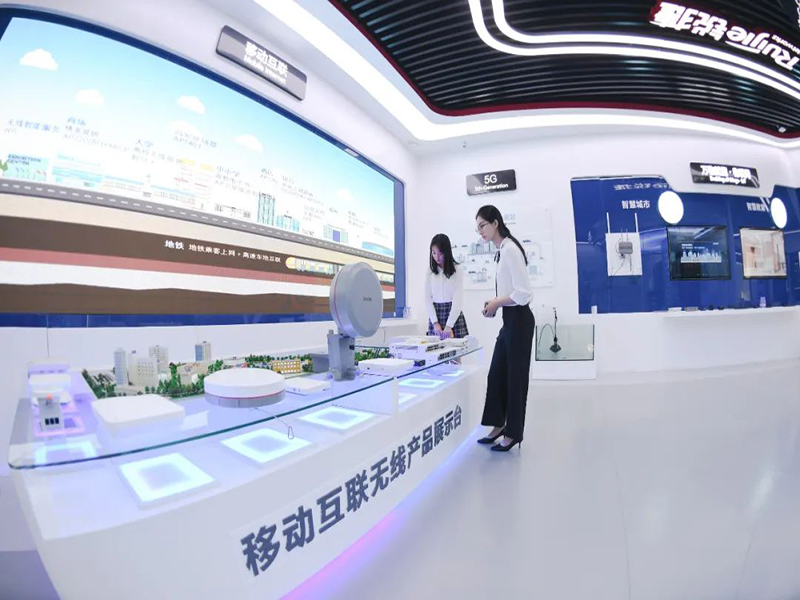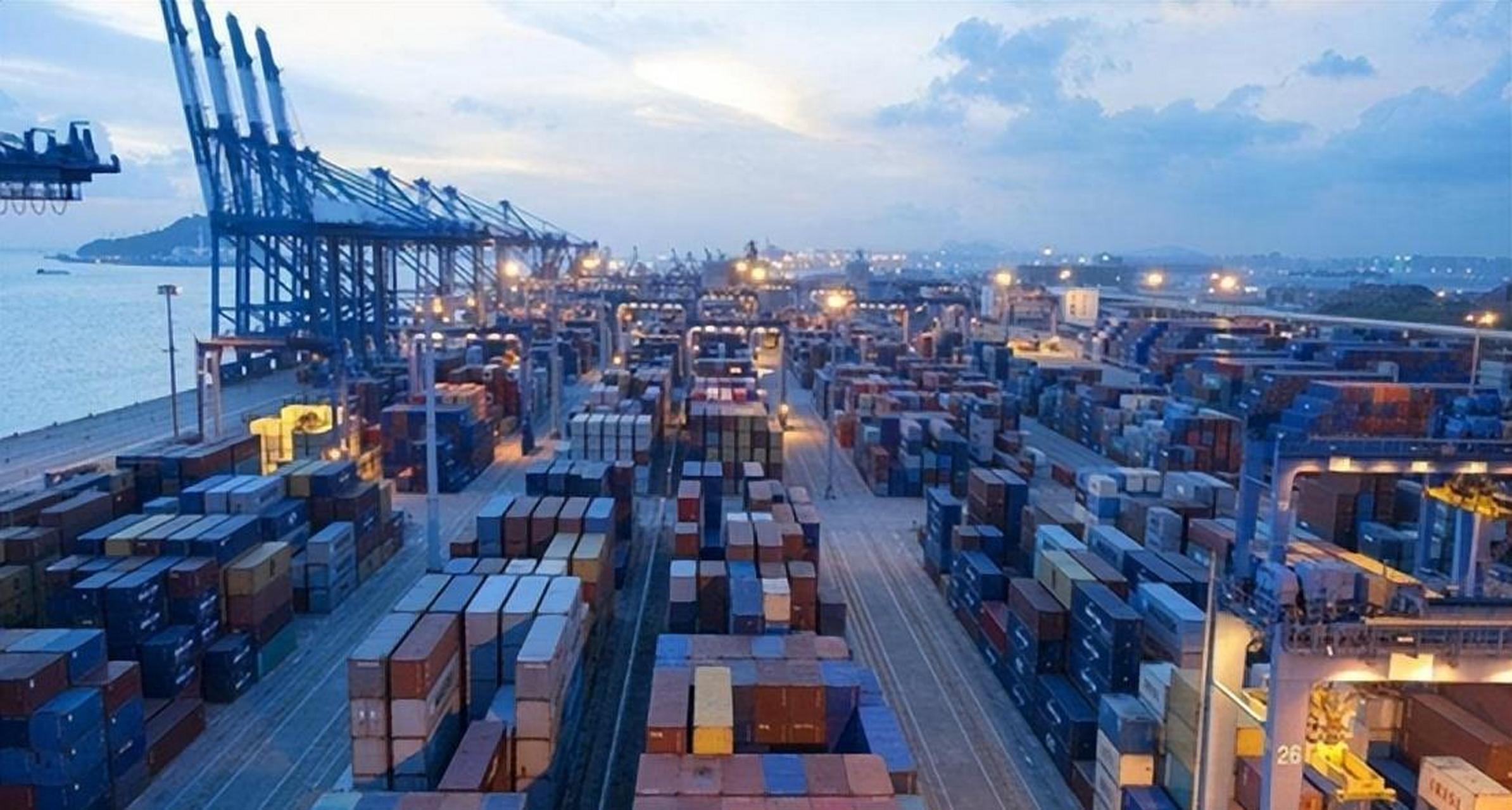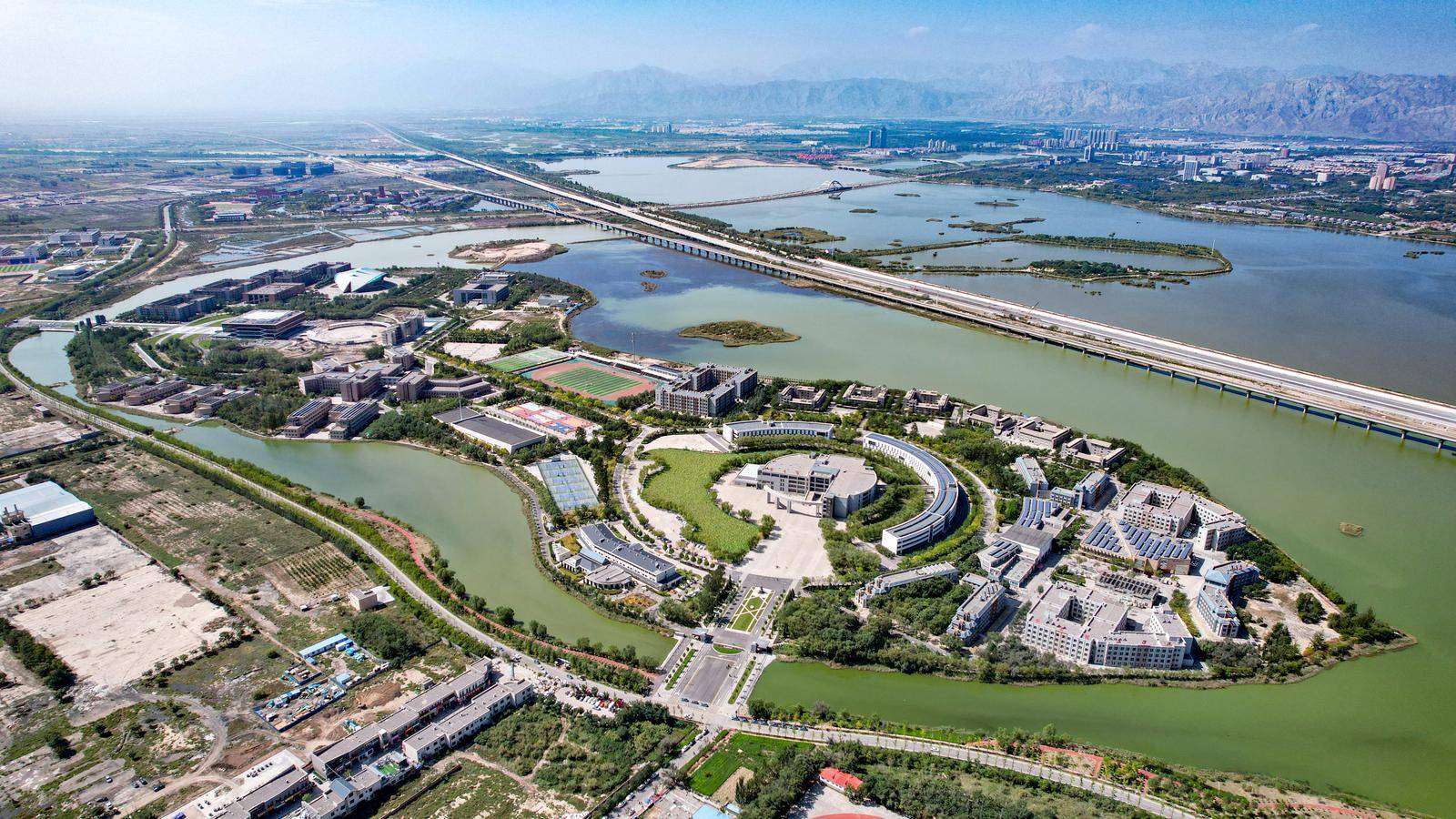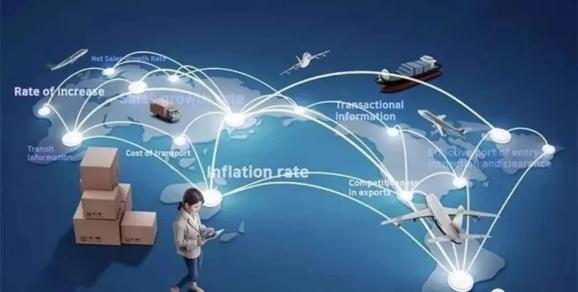The amount of cross-border receipts and payments of RMB on behalf of customers by banks throughout the year was nearly 20 trillion yuan, an increase of 24.1% year-on-year, and the amount of receipts and payments reached a record high! In 2019, the international use of RMB performed well.
The current domestic and international economic and financial situations are complex and changeable, and the external environment is more uncertain. How is the process of RMB internationalization? A few days ago, the "Renminbi Internationalization Report 2020" released by the People's Bank of China gave a panoramic view of this. The report shows that the internationalization of the renminbi will reach a new level in 2019 and continue to maintain its stable position in the global monetary system. Behind its steady pace is the confidence of the international community in the smooth operation of China's economy.
Rapid growth in cross-border use
——84.6% of foreign trade companies choose RMB as the main currency for cross-border settlement, and more than 70 central banks or monetary authorities include RMB in their foreign exchange reserves
In early May, Baosteel Co., Ltd., a subsidiary of China Baowu Group, and Australia's Rio Tinto Group completed the first RMB cross-border settlement realized by blockchain technology. This is another new development of Baosteel after its first RMB cross-border settlement with Brazil's Vale and Australia's BHP Billiton in January and April this year. So far, China Baowu and the world's three major iron ore suppliers have achieved RMB cross-border settlement, with a total amount of more than 500 million yuan.
In recent years, more and more companies have chosen to use RMB for cross-border settlement.
According to a survey conducted by the People's Bank of China on foreign trade companies, as of the fourth quarter of 2019, 84.6% of companies chose RMB as the main currency for cross-border settlement. Large enterprises prefer to use RMB for cross-border trade and investment settlement, accounting for 89%. Among the companies that have launched cross-border RMB settlement services, foreign-invested companies and Hong Kong, Macao and Taiwan-invested companies have the highest proportions, respectively, at 88% and 89%.
Since 2019, due to the influence of external factors such as Sino-US trade frictions, the renminbi exchange rate has increased volatility. Many companies choose cross-border RMB business as a means for companies to avoid exchange rate risks, accounting for 64.7%. In addition, the simple settlement process, the reduction of settlement costs, and the convenience of corporate financial accounting and capital management are also the main reasons why companies choose to conduct cross-border RMB business.
Behind the choice of enterprises is the growing ability of the RMB to support the international economy and trade, and it is also an important manifestation of its internationalization process. "In 2019, the internationalization of the RMB will reach a new level. The RMB payment currency function continues to strengthen, the investment and financing currency function continues to deepen, the reserve currency function gradually emerges, the pricing currency function has further achieved breakthroughs, and the RMB continues to maintain a stable position in the global currency system "The central bank report pointed out this.
Cross-border usage growth-the total amount of cross-border receipts and payments of RMB on behalf of banks throughout the year totaled 19.67 trillion yuan, a year-on-year increase of 24.1%. It continued to maintain rapid growth on the basis of last year's high growth, and the amount of receipts and payments hit a record high.
Increase in reserve share-RMB ranks fifth in the currency composition of reserve assets held by IMF member countries, with a market share of 1.95%, which is 0.88 percentage points higher than when RMB was first added to the SDR basket in 2016. According to incomplete statistics, more than 70 central banks or monetary authorities around the world have included the renminbi in foreign exchange reserves.
Payment status moves up-According to data released by the Association of Global Banks, Finance and Telecommunications (SWIFT), in June 2020, in the ranking of global payment currencies based on amount statistics, the RMB rose to fifth place, accounting for 1.76%.
"From some indicators, the internationalization of the RMB has made some proud achievements since 2009," said Liu Ligang, managing director of Citibank's research department.
Guan Tao, chief economist of Bank of China Securities, believes that generally speaking, the internationalization function of the RMB has been recognized by more and more countries. The renminbi is in the process of moving from a peripheral currency to a sub-central currency, from a regional international currency to a global international currency, and from a payment and settlement currency to a currency for pricing, investment and financing.
performed well in the "One Belt One Road"
-Foreign institutions in neighboring countries and countries along the “Belt and Road” issued more than 40 billion yuan of panda bonds in China, accounting for 68% of the total amount issued in 2019
"At present, about 10% of Indonesia's international trade uses RMB. In the next few years, the RMB is likely to be used more and more widely in Indonesia." The article "The Internationalization of Chinese Currency in Indonesia" published on the website of American diplomats wrote Tao.
The article pointed out that the ever-expanding economic ties between Jakarta and Beijing is one of the many factors driving the increasing internationalization of the RMB. At present, China is Indonesia's largest trading partner. The increasing use of the renminbi in Indonesia is also inseparable from the bilateral local currency swap agreement signed by the Bank of Indonesia and the People's Bank of China.
Driven by market demand, the use of RMB in neighboring countries and countries along the “Belt and Road” has made positive progress in recent years. In 2019, the amount of cross-border RMB settlement between China and neighboring countries was approximately 3.6 trillion yuan, a year-on-year increase of 18.5%; the amount of cross-border RMB receipts and payments with countries along the “Belt and Road” exceeded 2.73 trillion yuan, a year-on-year increase of 32%.
Bai Ming, deputy director of the International Market Research Institute of the Ministry of Commerce Research Institute, believes that the performance of RMB internationalization along the “Belt and Road” reflects the initial results China has made in the construction of the “Belt and Road”. "Tong" is a manifestation of Chinese-funded financial services.
In recent years, China has successively signed bilateral local currency settlement agreements with 9 neighboring countries including Vietnam, Laos, Russia, Kazakhstan and countries along the “Belt and Road”, and has signed bilateral settlement agreements with 23 neighboring countries including Russia, Indonesia, UAE, Egypt, and Turkey. Countries along the Belt and Road have signed bilateral currency swap agreements. China's bilateral monetary and financial cooperation with neighboring countries and countries along the “Belt and Road” has been deepening.
In addition, the renminbi has achieved direct transactions with 9 neighboring countries, including Malaysian ringgit, Singapore dollar, and Thai baht, as well as currencies of countries along the "Belt and Road" route, and regional transactions with the currencies of 3 countries including the Cambodian riel.
The opening of the financial market also provides diversified investment and financing channels for investors in neighboring countries and countries along the “Belt and Road”. In 2019, the Philippine government, the Portuguese government, the New Development Bank, the Italian Deposit and Loan Group and other neighboring countries and overseas institutions along the "Belt and Road" countries issued more than 40 billion panda bonds in the Chinese bond market, accounting for 68 of the total issued in 2019. %.
"As China's economic and trade exchanges with neighboring countries and countries along the'Belt and Road' continue to deepen, China has formed an interdependent development pattern with neighboring countries and countries along the'Belt and Road'. The RMB and neighboring countries and countries along the'Belt and Road' have formed an interdependent development pattern. Local currency settlement faces new opportunities.” The report pointed out.
Openness boosts the process of internationalization
-Cross-border use remains resilient, and will continue to serve the real economy in the future, adhere to the principle of marketization, and promote win-win cooperation
In April 2019, Bloomberg included RMB-denominated Chinese government bonds and policy bank bonds in the Bloomberg Barclays Global Aggregate Index; in September, JPMorgan Chase included Chinese government bonds in JPMorgan Chase’s flagship global emerging market government bond index; in September, S&P Dow Jones included A shares in its emerging market global benchmark index...In recent years, there have been more and more Chinese elements in major international indexes.
"The absorption of Chinese bonds and A-shares in important international financial indexes fully reflects the confidence of international investors in the long-term and healthy development of China's economy and their recognition of the degree of openness of China's financial market, which will be conducive to better promotion of international investors' economic cooperation with China. A win-win situation." The report pointed out.
This is evident in the company's feedback. In 2019, Bank of China conducted a market survey on the use of renminbi by more than 3,300 domestic and foreign industrial and commercial enterprises and financial institutions. The results showed that new highs were set in many aspects.
as the foundation of the settlement currency is consolidated. Approximately 69% of the surveyed overseas industrial and commercial enterprises intend to use the renminbi or further increase the proportion of the use of the renminbi. This proportion is the highest in 2016 and close to the best level in history.
is gradually showing its attractiveness as a financing currency. About 82% of surveyed overseas industrial and commercial enterprises said that when the liquidity of international currencies such as the U.S. dollar and the euro is tight, they will consider using the renminbi as a financing currency, which is a new high since 2016.
As an international currency, expectations are higher. In the next 10 years, domestic and foreign industrial and commercial enterprises that believe that the renminbi’s international status is not weaker than that of the Japanese yen and the British pound accounted for 80% of all domestic and foreign industrial and commercial enterprises surveyed. This proportion has increased by 3 percentage points from the survey results in 2018. It has risen for four consecutive years since 2013, and set a new high since the first market survey in 2013.
"In recent years, the cross-border use of the renminbi has maintained rapid growth, especially since the new crown epidemic has impacted global trade, finance and economy this year, the cross-border use of the renminbi has remained resilient and growing." The central bank report pointed out that in the future, it will continue. Guided by serving the real economy, adhere to the principle of marketization, and steadily promote the internationalization of the RMB.
"In the next period of time, the internationalization of the RMB will accelerate, and we also believe that some new financial infrastructure, financial products and related policies can help the RMB reach the next higher level." Liu Ligang believes that in recent years, the domestic capital market has opened up. The results are gratifying, "These policies make us more optimistic about the next step of the internationalization of the RMB."












